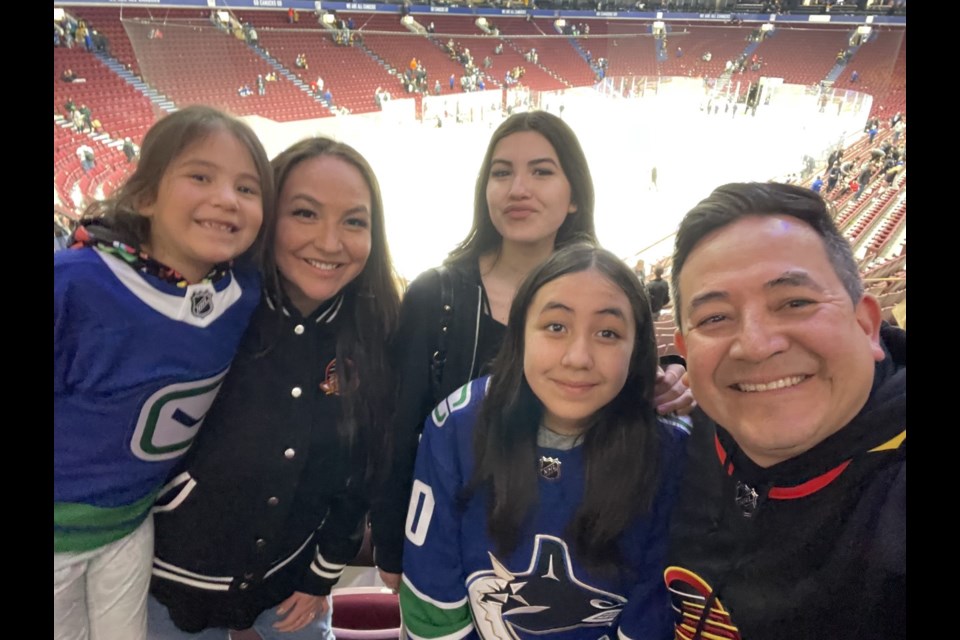Just what does the mean to those from First Nations communities? For some, it is a solemn day of remembrance and commemoration. For others, it is a small but celebratory step forward in the reconciliation process. For Wilson Williams (Sxwíxwtn), elected councillor and spokesperson for �鶹�����Nation (Sḵwx̱wú7mesh Úxwumixw), it is an amalgamation of the two, and then some.
“We need to not only have a holiday to recognize and acknowledge the dark history of the residential schools, but to listen and comprehend,” he says, when asked what the day means to him. “It is a time of education. It is understanding why Truth and Reconciliation Day exists. What is that symbolic of?”
Wilson says much of the focus should be on the why: why residential schools were built in the first place. Why children were taken away from their homes, their parents, their families.
Between 1831 and 1998, more than 150,000 children were thrust into Indian Residential Schools. Designed to separate the children from their cultures, often via abusive and coercive methods, many students returned home traumatized, and without the knowledge or skill set to endure either world. Many never returned at all.
Wilson says his parents, both survivors of the residential school system, never discussed their experience – yet evidence of it was peppered throughout his childhood.
“I started to understand at a young age, probably when I was around 20, that I could no longer blame my parents for the way that they were, for the domestic abuse that I witnessed, and the way things unfolded at home.”
He touches on how his father only ever spoke in his native language when he was intoxicated, and how alcohol abuse – among other things – was often a long-term consequence of the residential school experience for those within all First Nation communities.
“That pride being stripped really had direct trauma to my parents, but that’s representative of all of the survivors that came home.”
Learning to understand the intergenerational trauma derived from residential schools is one of a number of ways Wilson hopes Canadians will spend their upcoming day off. It is one of the discussions he will be having with his own children when Sept. 30 rolls around, an educational filler between the ceremonies and community events they will be attending as a family.
Wilson says the national holiday recognition is part of a larger shift that he is experiencing, and he is “humbled” by the response – especially from those of the younger generation.
Just a few weeks ago, the �鶹�����councillor had taken his family with him on a work trip to Kamloops. He had been excited at the prospect of giving them a brief vacation, where they could kick back on a sun lounger or frolic in the pool, but instead his 12-year-old daughter had requested a visit to the nearby Kamloops Indian Residential School.
The school, which last year was found to be the site of , had been the home of many �鶹�����students, he says.
"It really shocked me and my wife, but it was without question that we would go. ... You can see that revitalization of pride, and that connectivity to our Indigenous roots with our next generations," he says, adding how proud he is to be able to have those discussions with his daughter, and hopes others can do the same.
"Having the next generation being able to use their voice and say, ‘Hey, I want to visit this site and honour them,' it made my heart grow two sizes bigger to hear that. If we can grow future leaders to use their voice like this, especially young women, then power to our future.”
Mina Kerr-Lazenby is the North Shore News' Indigenous and civic affairs reporter. This reporting beat is made possible by the .




